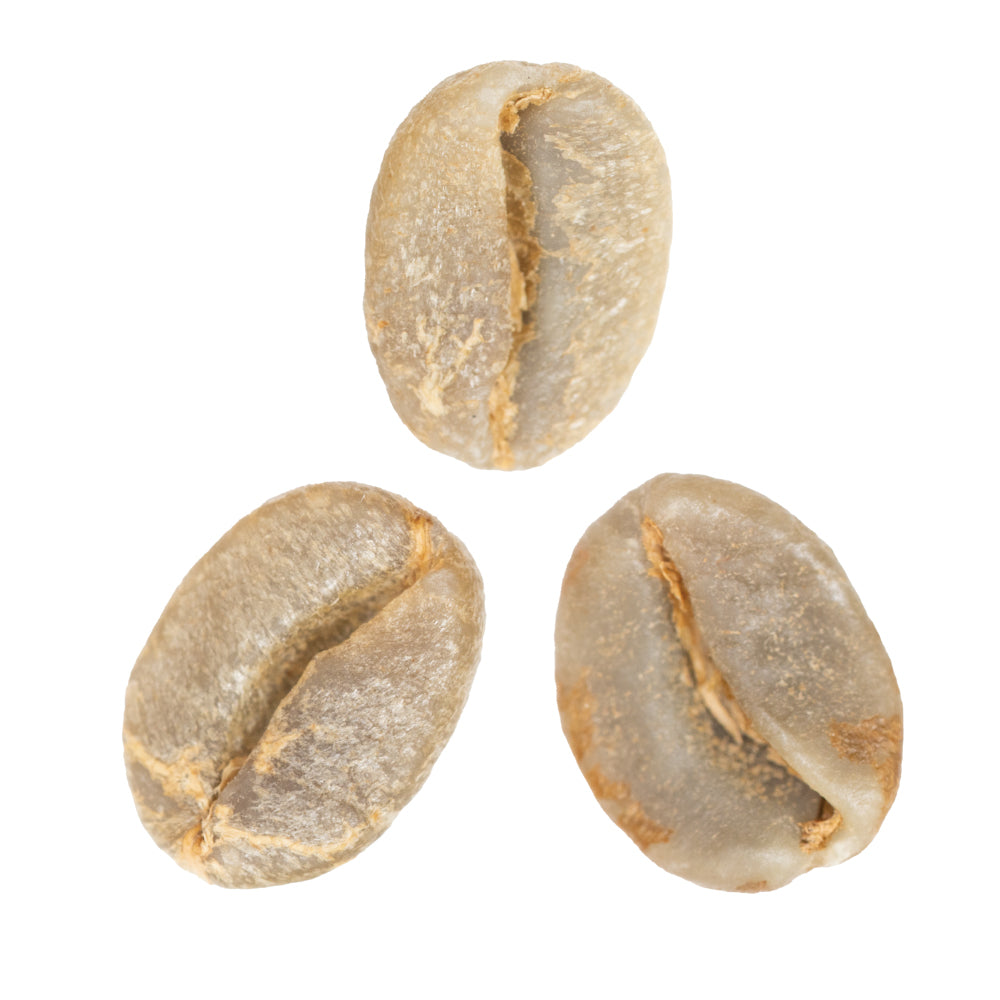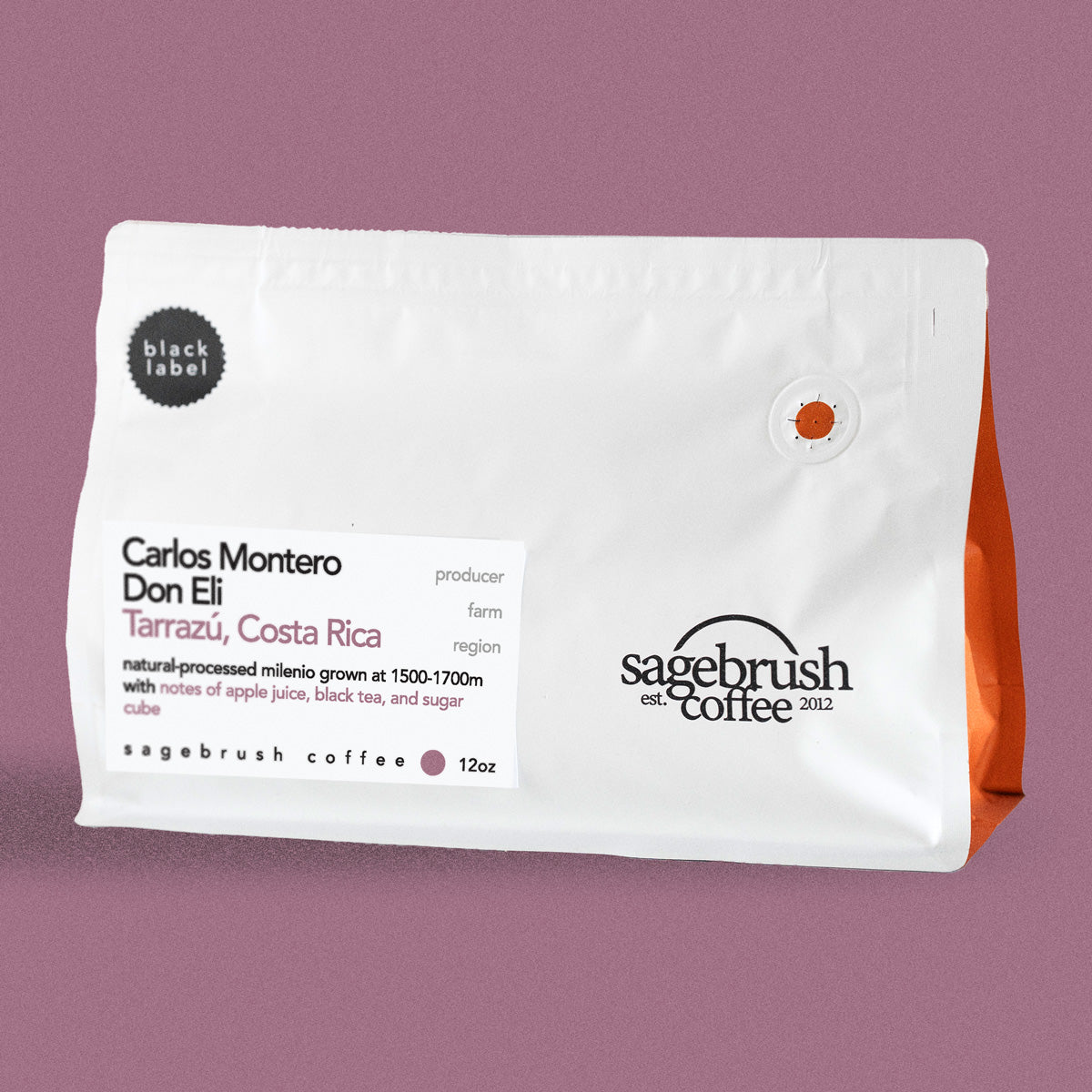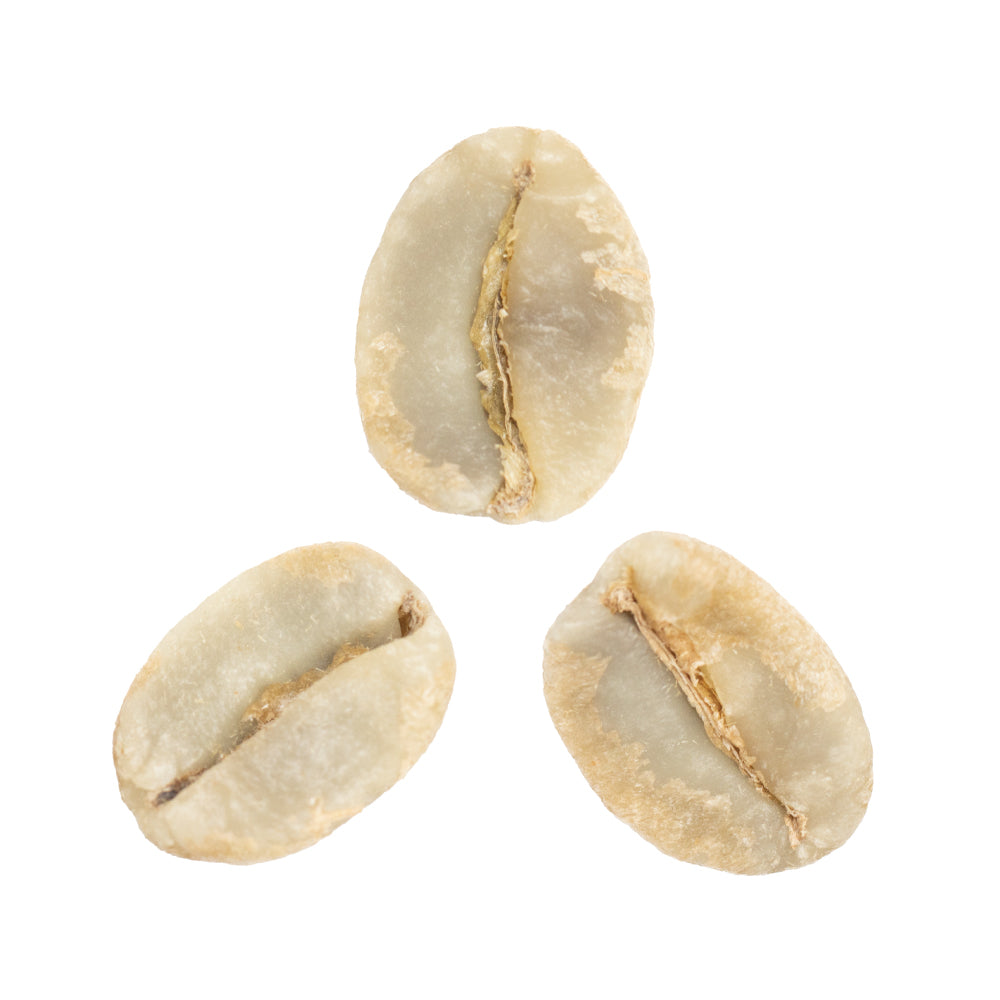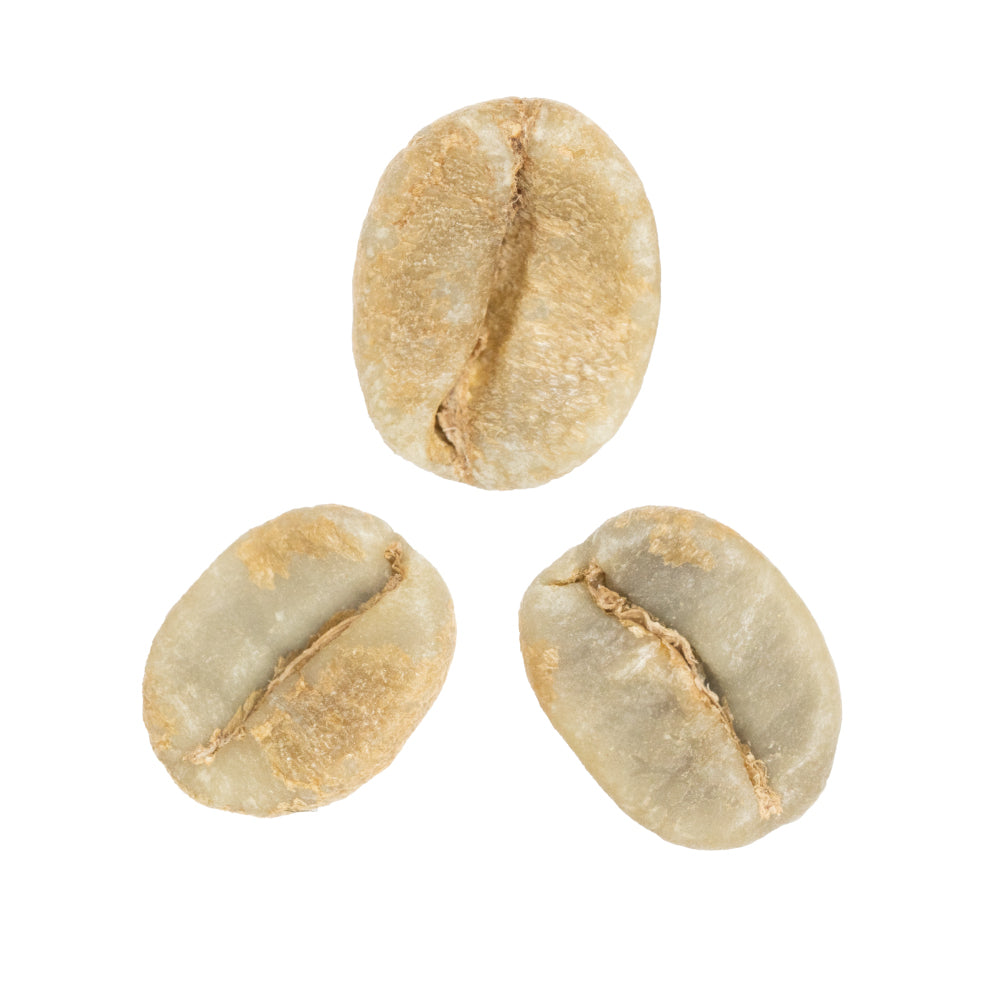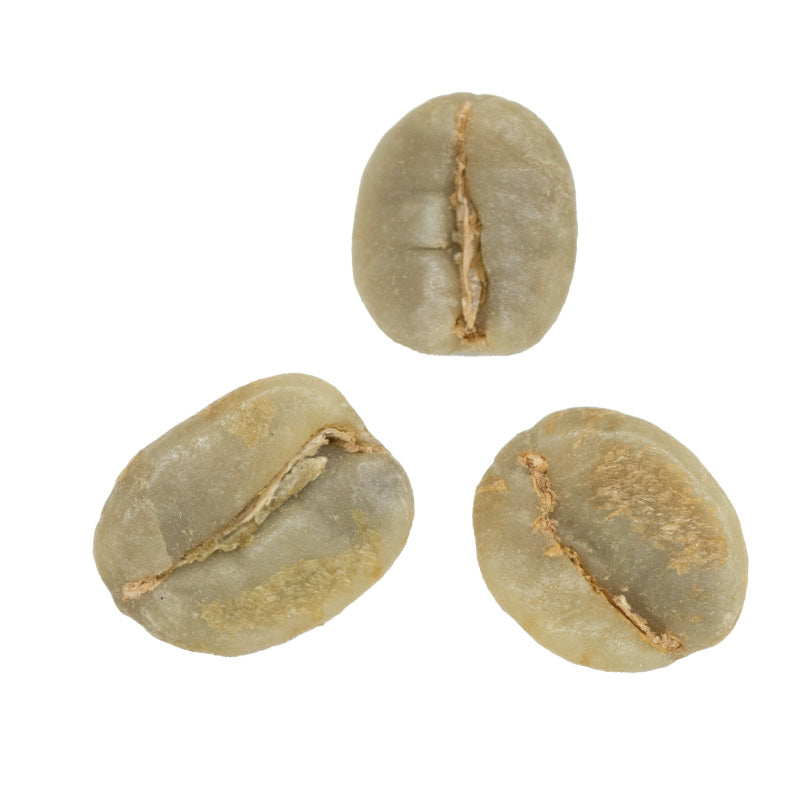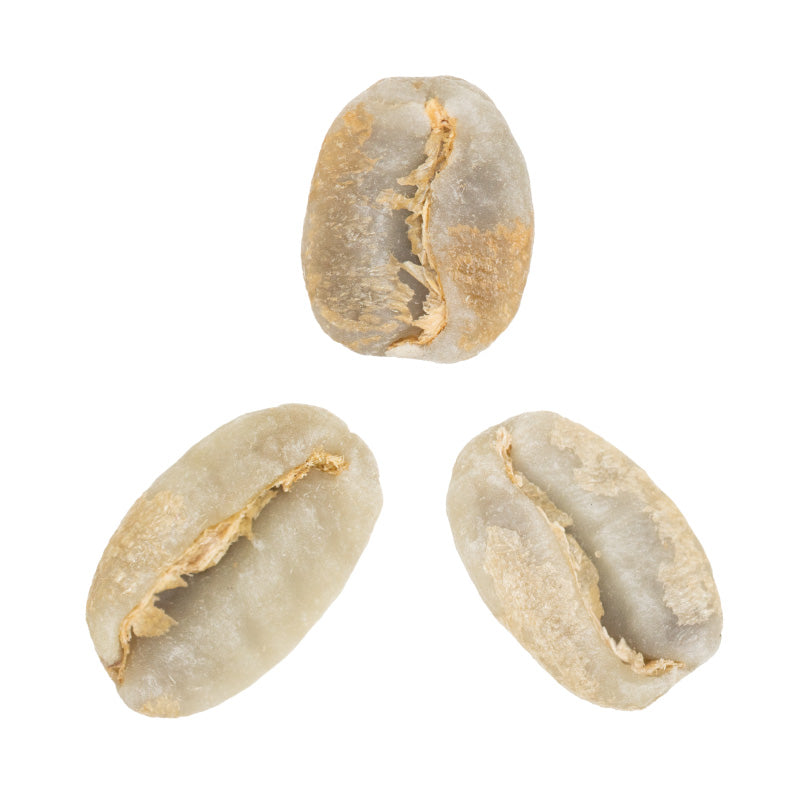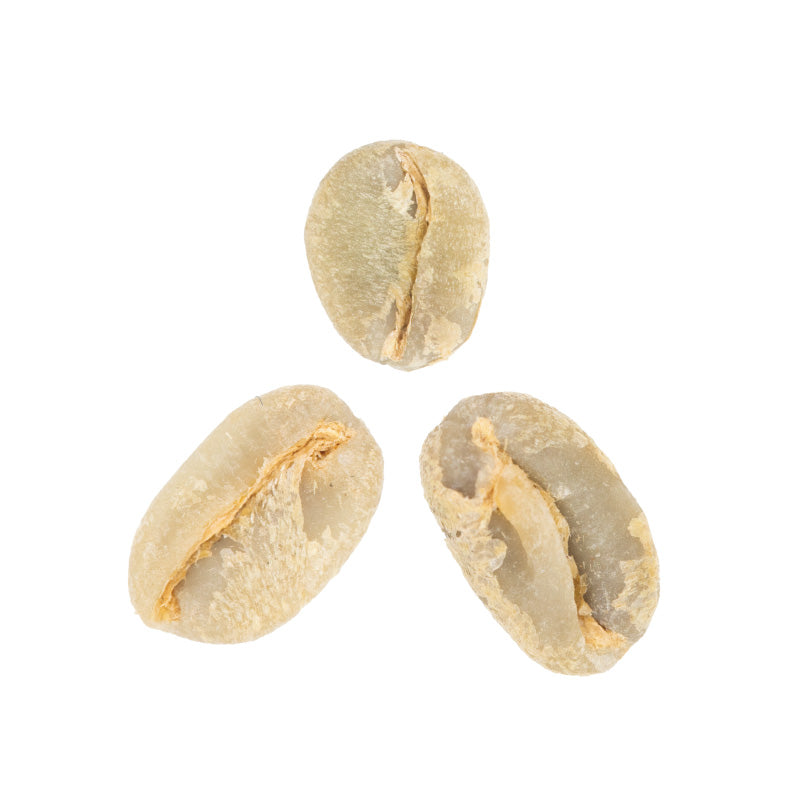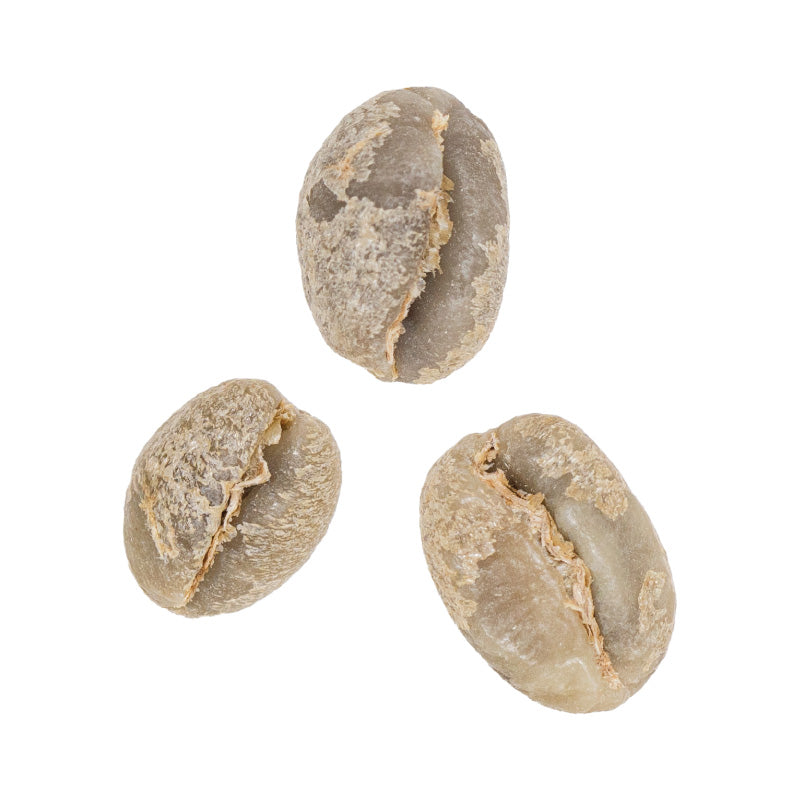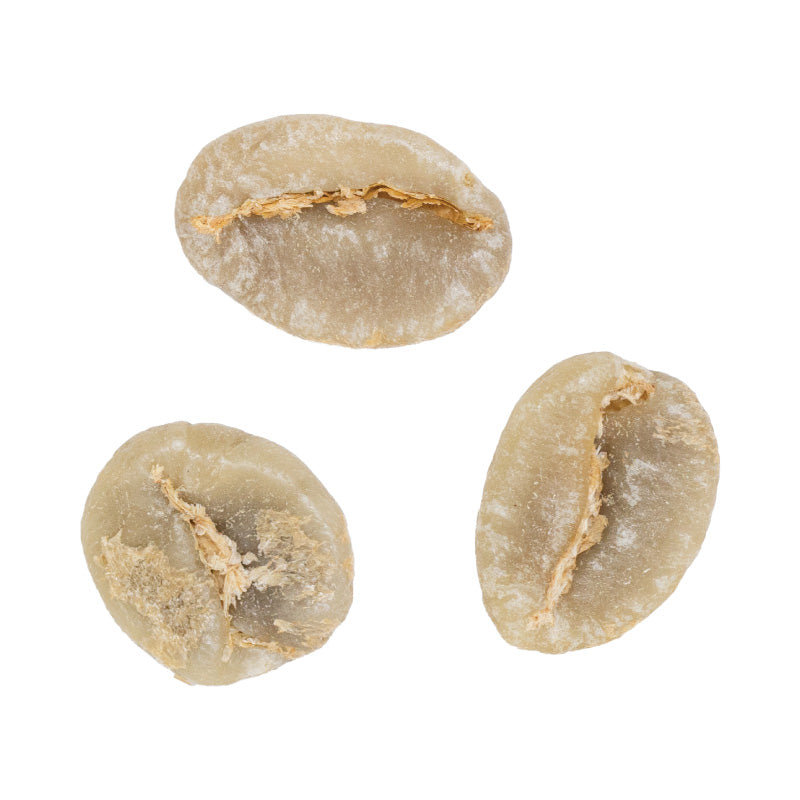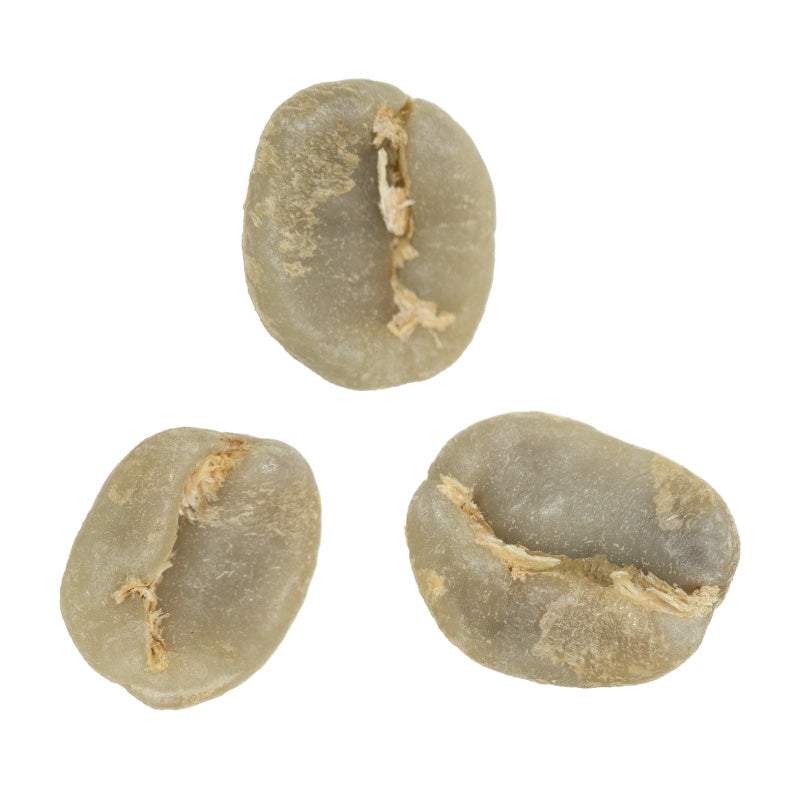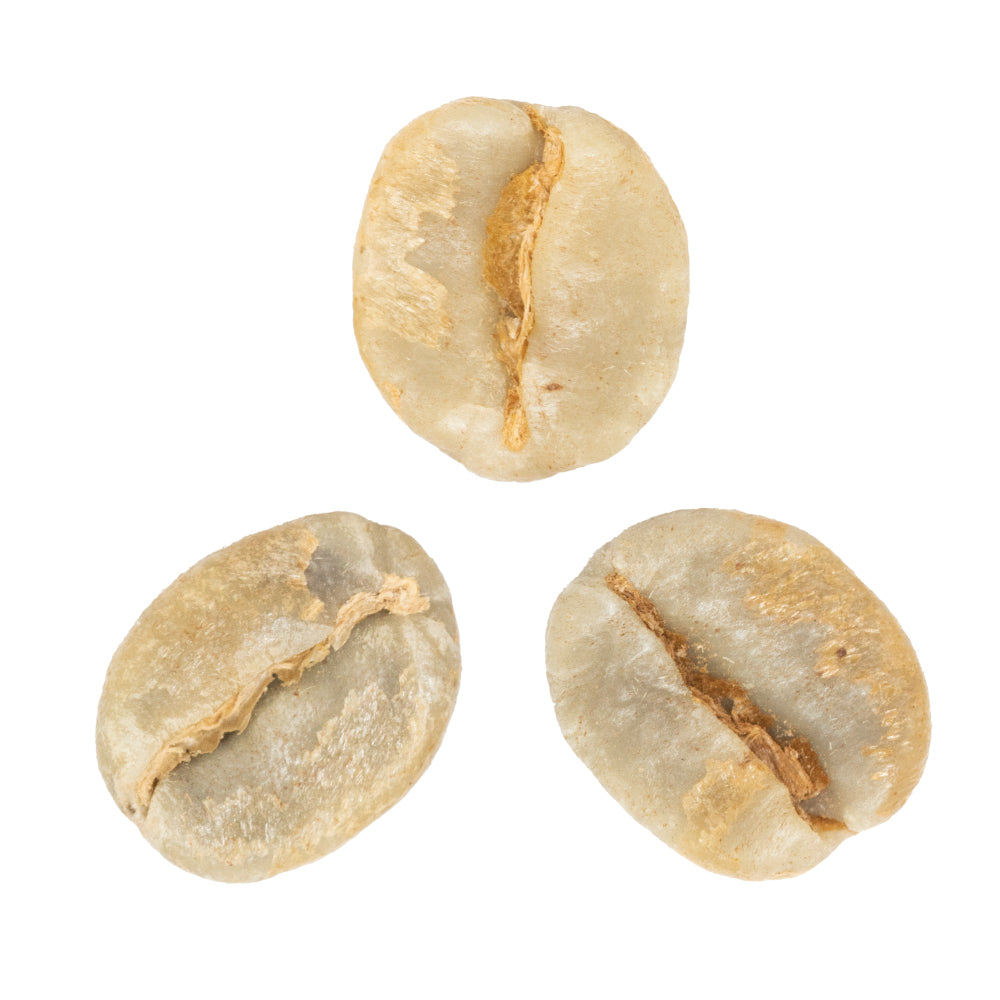Coffee Varieties Guide •
Read our Coffee Varieties articleHow Are New Coffee Varieties Created?
Coffee varieties are created through one of three main processes: natural mutations, natural hybrids, and engineered hybrids.
As the Coffea Arabica plant has been planted around the world, it has occasionally had a gene naturally mutate, turning it into a new variety (i.e. the Bourbon variety is a natural mutation of the Typica variety planted on the island of Bourbon).
Then, there are natural hybrids which occur when two different varieties planted in the same region naturally crossbreed with each other (i.e. the Typica and Bourbon varieties naturally crossbred in Brazil, creating the Mundo Novo variety).
Finally–what we’re most interested in for this article–engineered hybrids occur in labs, where existing “parent” varieties of the Coffea Arabica plant are selected and crossbred for specific, valuable traits.
The Milenio variety is one such hybrid.
Meet the Milenio Variety
The Milenio variety is an F1 hybrid (the F1 standing for “first filial generation”). It is a cross between the illustriously named T5296 (or Sarchimor) variety and the Rume Sudan variety.
The T5296 variety is a hybrid itself, bred from the compact Villa Sarchi and the rust-resistant Timor variety. It has a decent yield and cup quality, but–more notably and why it was selected for crossbreeding–it is highly resistant to coffee leaf rust disease.
The Rume Sudan, on the other hand, was selected for its deliciousness. It’s a rare Ethiopian landrace variety, or one of the original, diverse, and flavorful varieties growing wild or semi-wild in coffee’s birthplace of Ethiopia. First cultivated in South Sudan on the border of Ethiopia, Rume Sudan is not widely cultivated due to its low yields and resistance to disease. This makes it a risk for farmers to grow, although some still do because of its exceptional cup quality.
In simpler terms, T5296 brings the strength and Rume Sudan brings the flavor.
Like peanut butter and jelly, these varieties are better together! With traits from both parent plants, the Milenio variety is a high-yield, rust-resistant, very good quality coffee.
History of the Milenio variety
Milenio was first developed by a consortium of research and coffee institutes like the French CIRAD, the Central American PROMECAFE, and CATIE–an agricultural research center with a living library of coffee plants in Costa Rica. Released in the early 2000s, this variety is mainly found today in Costa Rica.
How Milenio Tastes
So, what is the end result of all this research? A cup that opens with citrusy brightness and finishes with the depth of dark chocolate. It’s a cup that is smooth, balanced, and vibrant.
We can’t wait for you to try this variety. Because when you sip Milenio, you are tasting the harmony of nature and science, generations of tradition and bold innovation—all in one extraordinary cup.
Explore Milenio Coffees
Carlos Montero • Natural-Processed Milenio



